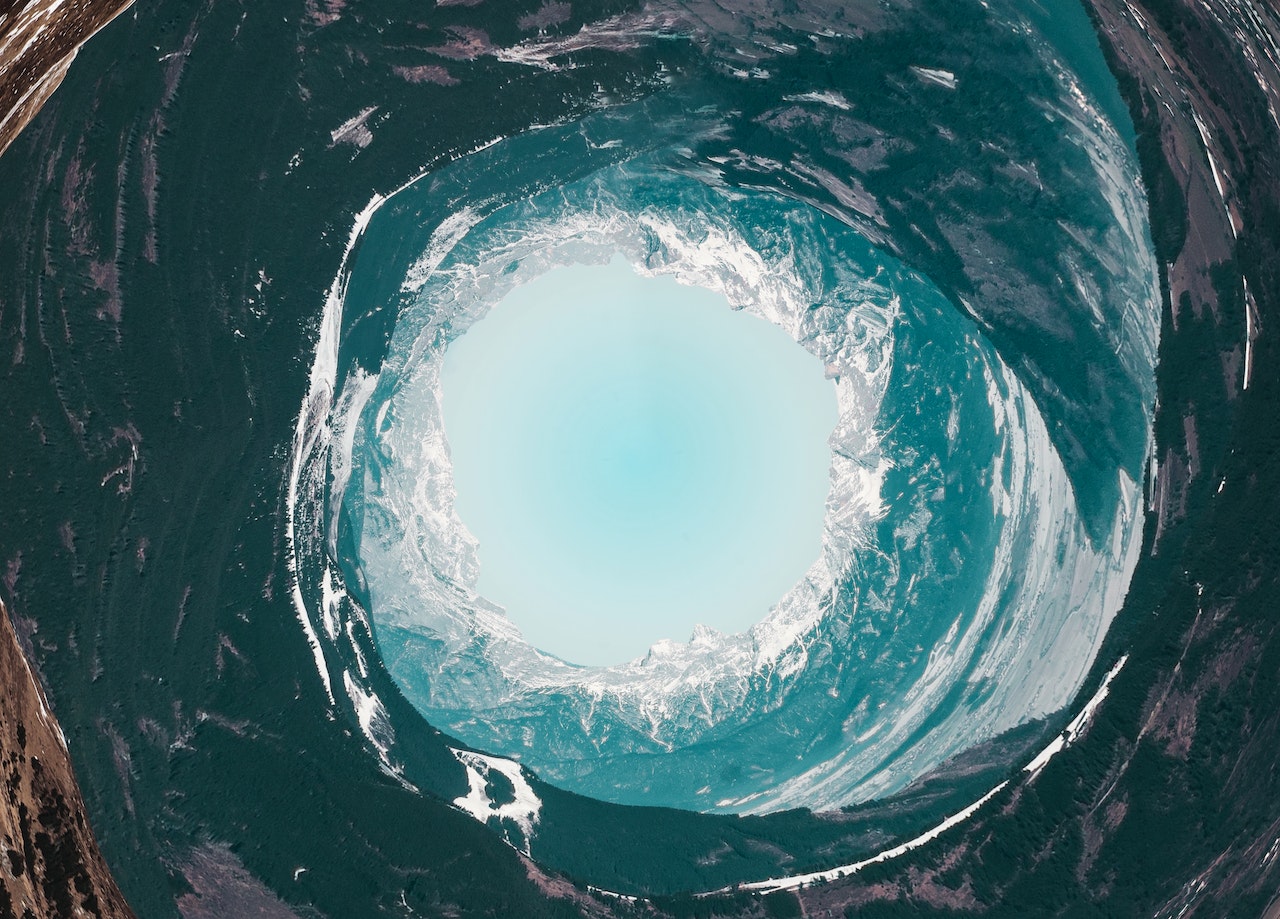Japan’s core inflation rate eased to 3.1% from 3.3% in June, but remains above the Bank of Japan’s 2% target.
The Bank of Japan has been reluctant to raise borrowing costs, seeing above-target inflation as caused by temporary factors. (EPA Images pic)
TOKYO: Rice prices in Japan soared 90.7% in July year-on-year, official data showed Friday, but the rate of increase slowed from previous months offering some relief for prime minister Shigeru Ishiba.
Overall, Japan’s core inflation rate eased to 3.1% from 3.3% in June, the data from the internal affairs ministry showed.
But the rate remains above the Bank of Japan’s 2% target, cementing expectations that it will hike interest rates in October.
The reading, which excludes volatile fresh food prices, was slightly above market expectations of 3.0%.
Excluding energy and also fresh food, consumer prices rose 3.4%, the same rate as in June.
The BoJ has been reluctant to raise borrowing costs, seeing above-target inflation as caused by temporary factors.
Earlier this month US treasury secretary Scott Bessent added to pressure on the BoJ to hike rates, saying the bank was “behind the curve” on inflation.
“Our base case is a 25-basis-point rate hike at the October meeting,” said Taro Kimura at Bloomberg Economics before inflation data was announced. He had predicted a reading of 3%.
Thin ice
Ishiba has been on thin ice since disastrous upper house elections in July that saw his ruling coalition lose its majority.
This came only a few months after his administration became a minority government in the more powerful lower house too.
One of the main sources of voter anger has been inflation, and in particular the surging cost of rice.
In June the price of the staple grain was 100.2% higher than a year earlier. In May the rate was 101.7%.
Factors include a very hot summer in 2023, panic-buying after a warning of an imminent “megaquake” in 2024, alleged hoarding by some traders, and a surge in rice-hungry tourists.
Ishiba appointed a new farm minister and his government has released rice from emergency stocks in an effort to bring prices down.
Earlier this month it announced a change in its decades-old policy of encouraging farmers to grow crops other than rice.
US President Donald Trump also wants Japan to import more American rice to reduce Tokyo’s trade surplus with the US.
Trade deal
Last week, data showed that Japan’s economy, the world’s fourth-biggest, grew at an annualised pace of 1.0% in the second quarter.
The reading suggested the economy was suffering less than expected from US tariffs imposed earlier this year.
But other data released Wednesday showed exports to the US plunging 10.1% in July, with those of cars down 28.4%.
Trump initially imposed across-the-board tariffs of 10% on Japan, as well as levies of 27.5% on cars.
Japan’s automobile industry, which includes giants like Toyota and Honda, accounts for around 8% of the country’s jobs.
Japan last month secured a trade deal that cut threatened 25% “reciprocal” tariffs to 15%.
The rate on Japanese cars was also cut to 15%, although to Tokyo’s consternation, this has yet to take effect.



